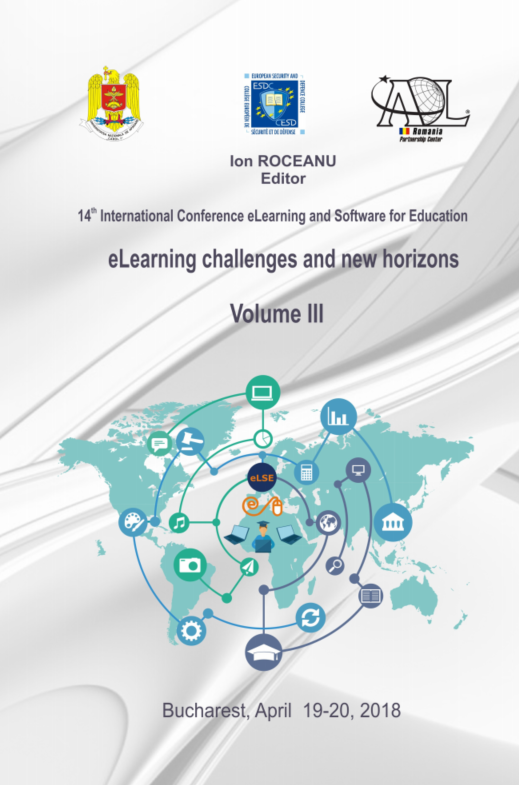Realistic Patient Simulators for Education in Medicine and Bioengineering
Realistic Patient Simulators for Education in Medicine and Bioengineering
Author(s): Radu Ciorap, Cătălina Luca, Doru AndriţoiSubject(s): Social Sciences, Education
Published by: Carol I National Defence University Publishing House
Keywords: Simulation; real patient simulator; medical education; bioengineering education;
Summary/Abstract: Medical technologies play an important role in diagnosis and treatment of diseases. The diversity of medical devices increases the quality of medical act but, in the same time, increase the risk of adverse events or errors if the medical staff don’t have sufficient experience in using new medical equipment and new treatment procedures. Appropriate education and training of medical staff, including training in the appropriate use of medical equipment, is therefore essential for developing a high quality health care system. For solving this important problem is necessary to provide a replica of the patient care environment and the use of real patient simulators is a key issue. In these simulation centers the medical staff can learn and apply cognitive, psychomotor, and affective skills and instructors can facilitate learning and objectively measure student performance and competency. According to the available budget is two way for creating the clinical environment replica. First is to design a flexible implementation to accommodate multiple environment configurations in a single space and the second is to replicate the environments in which the learners will provide patient care like emergency department, intensive care unit, operating room, patient care unit or clinical examination room. In both situations is necessary to identify equipment typically found in the clinical environments we wish to replicate. Usually the medical equipment are: patient bed, patient monitors, ventilators, anesthesia delivery systems, suction devices, air and oxygen supplies, IV poles, infusion pumps, supply carts, defibrillators. All equipment must match with capabilities of patient simulators. In this paper we present our experience in training more than 500 medical staff in neonatal resuscitation and almost 1000 physicians and nurses in emergency medicine using real patient simulators in clinical simulation laboratory who are working in Medical Bioengineering Faculty from ”Grigore T. Popa” University of Medicine and Pharmacy Iasi.
Journal: Conference proceedings of »eLearning and Software for Education« (eLSE)
- Issue Year: 14/2018
- Issue No: 03
- Page Range: 389-394
- Page Count: 6
- Language: English

